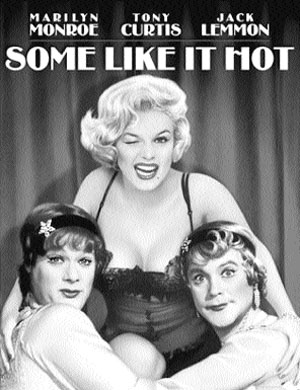
Cloverfield is a film that leaves itself open to comparison. With the monster movie habits of Godzilla, the shooting-style of Blair Witch, and the everyman focus of Spielberg’s War of the Worlds, the film was bolstered by a viral marketing and hype not seen since Snakes on a Plane.
And with J J Abrams on board, the film couldn’t help but gain even more anticipation and scrutiny. But does Cloverfield live up to all the expectation?
The answer is a resounding, convincing yes.
You’ve all seen the trailers. A party in swing, a drunken home-video, when suddenly the lights go out, the ground shakes, and the head of Lady Liberty bounces heavily down the street.
It’s hard to review the film without giving too much away, as so much of Cloverfield’s appeal rests on its ambiguity. Filmed entirely on a plebeian video camera, impact is based heavily on the contrast between what you do and don’t see. Concealed by the frames of the camera, which often focus shakily on the shoes of the cameraman, and further obscured by shadows, dust, and other real-life effects, it’s surprising just how exciting the events become.
But with the appeal of real-life footage comes the drawback. Director Matt Reeves has committed us to realism, and when the authenticity occasionally wavers, the film suffers. The problem is not with the special effects or the monster – which, it must be said, is some of the best CGI since… well, ever – and the story and characters are utterly believable for such an imaginary premise. Instead, there’s a tendency for the film to be too aware of its own cleverness. If you can’t watch without thinking about the behind the scenes machinations, there’s no hope of complete immersion into what is, otherwise, a truly exceptional film.
But apart from this occasional shakiness, and the always annoying audience gripes of motion sickness, the film is an affecting nail-biter from start-to-finish, proving that, despite its comparisons, there can still be original Hollywood experiences. This is sure to be one of the most satisfying films of the year.
And with J J Abrams on board, the film couldn’t help but gain even more anticipation and scrutiny. But does Cloverfield live up to all the expectation?
The answer is a resounding, convincing yes.
You’ve all seen the trailers. A party in swing, a drunken home-video, when suddenly the lights go out, the ground shakes, and the head of Lady Liberty bounces heavily down the street.
It’s hard to review the film without giving too much away, as so much of Cloverfield’s appeal rests on its ambiguity. Filmed entirely on a plebeian video camera, impact is based heavily on the contrast between what you do and don’t see. Concealed by the frames of the camera, which often focus shakily on the shoes of the cameraman, and further obscured by shadows, dust, and other real-life effects, it’s surprising just how exciting the events become.
But with the appeal of real-life footage comes the drawback. Director Matt Reeves has committed us to realism, and when the authenticity occasionally wavers, the film suffers. The problem is not with the special effects or the monster – which, it must be said, is some of the best CGI since… well, ever – and the story and characters are utterly believable for such an imaginary premise. Instead, there’s a tendency for the film to be too aware of its own cleverness. If you can’t watch without thinking about the behind the scenes machinations, there’s no hope of complete immersion into what is, otherwise, a truly exceptional film.
But apart from this occasional shakiness, and the always annoying audience gripes of motion sickness, the film is an affecting nail-biter from start-to-finish, proving that, despite its comparisons, there can still be original Hollywood experiences. This is sure to be one of the most satisfying films of the year.

No comments:
Post a Comment